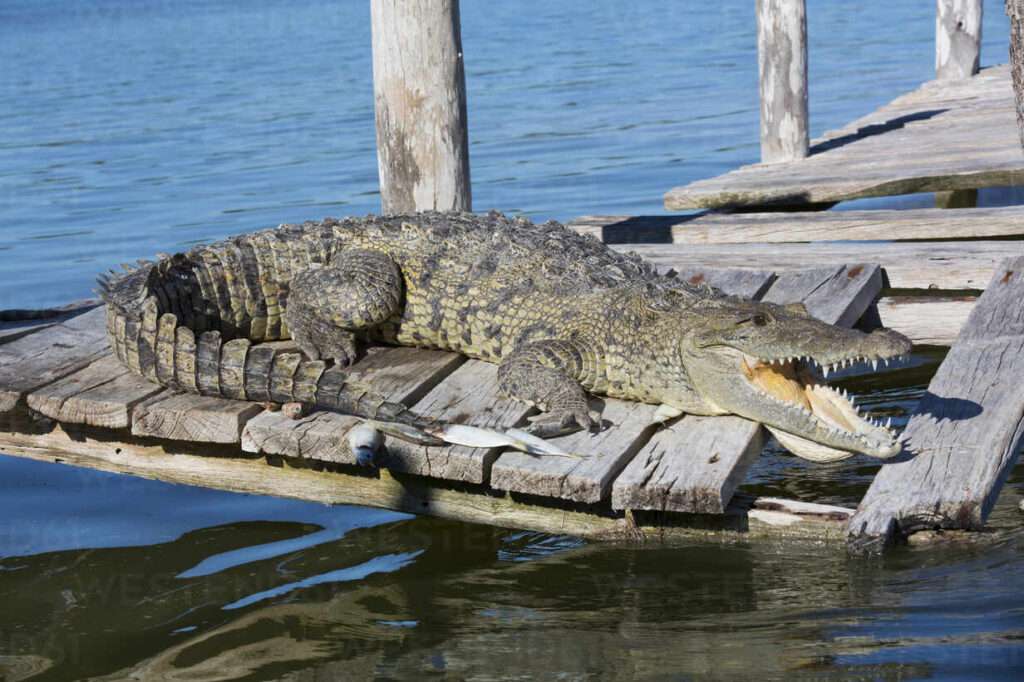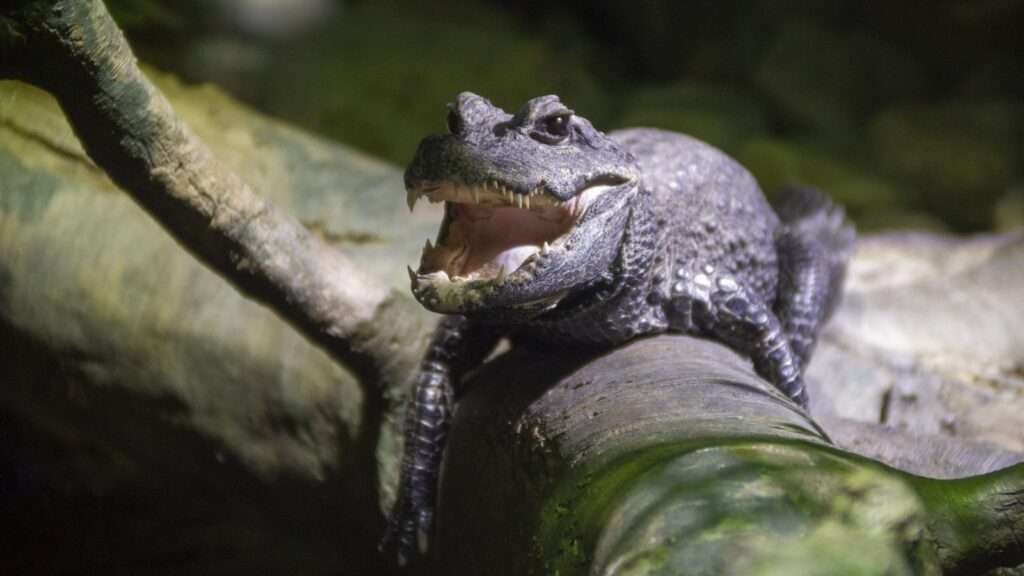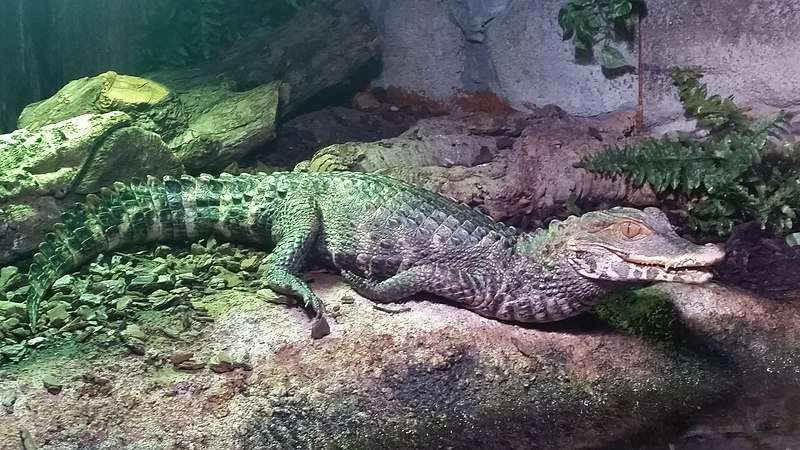
Description:
Scientific name: Crocodylus moreletii
Life span: 55-65 years
The 66–68 teeth of Morelet’s crocodiles range. All crocodiles are distinguished from alligators by having precise alignment of their upper and lower jaw teeth. When the mouth is closed, the fourth tooth, which is on either side of the bottom jaw and is slightly larger than the other teeth, is visible. They have dark grayish-brown bodies and tails with even darker bands and markings. The neck scales are thick, and the dorsal armour is a mess.

Native Region/Habitat
The majority of the Yucatan peninsula, the eastern coastal plain of Mexico, northern Guatemala, and Belize all have Morelet’s crocodile populations. They mostly inhabit freshwater habitats like marshes, swamps, and forested riparian zones. These crocodiles have even been spotted recently in brackish water along the shore. The adults often aestivate in burrows during the dry season, but the juveniles prefer the safety of denser cover.
Behavior:
Although most Morelet’s crocodiles are cautious and reserved, the larger ones can be dangerous to people. While preferring an aquatic existence, this species can also migrate on land, but more difficulty than in the water. The tops of Morelet’s crocodiles’ heads can frequently be seen in wetlands where they are submerged just below the water’s surface. They are most active at night, when mating and hunting take place. They spend the day lazing in the sun while remaining vigilant and very aware of their surroundings. After they are born, juveniles will vocalize, which is characterized as barking. Information about particular social communication is scarce. The most talkative of the reptiles, this species tends to exhibit the same general behavioral tendencies as all crocodiles. Its sounds vary depending on their age, sex, and environment
Care As a pet/In captivity:
Naturally, Morelet’s crocodiles should not be kept as pets because they are not domesticated animals. They display behaviors and routines that are best suited to their natural environments, like nest-building and rainy-season adaptation. They have a broad diet and like to catch wild prey. Online research reveals that keeping them as pets is prohibited in several nations throughout the world. To aid in reproduction and boost their numbers among wild populations, some might be kept in captivity.
Table





